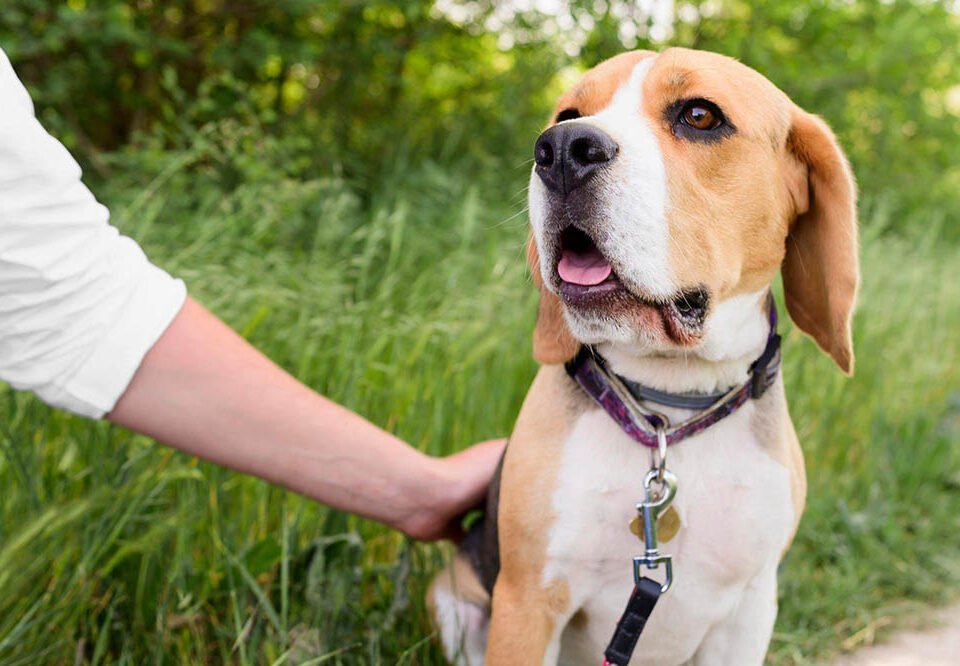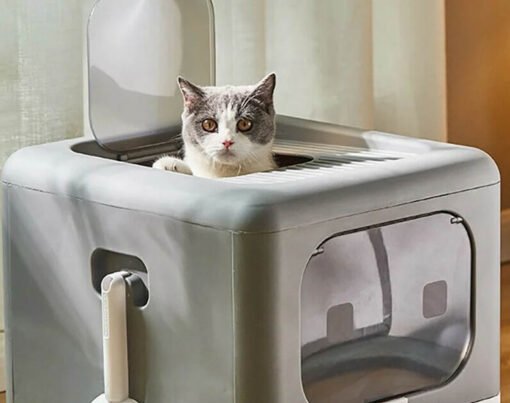Are you tired of being dragged around by your furry friend during walks? Does the mere thought of taking your dog out for a stroll leave you feeling anxious and exhausted? If so, then it’s time to discover the amazing world of no-pull dog harnesses! These innovative accessories are designed to put an end to leash pulling once and for all, making walks with your pup a breeze.
In this blog post, we will delve into the wonders of no-pull dog harnesses – how they work, their benefits, training tips, different types available in the market, and factors to consider when choosing one. Get ready to say goodbye to those frustrating tug-of-war battles and hello to peaceful walks with your four-legged companion!
Table of Contents
What is a No-Pull Dog Harness?
A no-pull dog harness is a specially designed piece of equipment that helps to discourage dogs from pulling on their leash during walks. Unlike traditional collars or harnesses, which can actually encourage pulling by putting pressure on the dog’s throat or chest, a no-pull harness redirects the force to other parts of the body.
So how does it work? Well, most no-pull dog harnesses have a front attachment point for the leash. This means that when your dog tries to pull ahead, instead of being able to put all their strength into dragging you along, they are forced to turn towards you. This redirection of their momentum helps to break the habit of pulling and encourages them to walk beside you in a more controlled manner.
No-pull harnesses come in various designs and styles. Some feature adjustable straps that allow for a personalized fit, while others may include additional features such as padded chest plates for added comfort. It’s important to choose one that suits both your dog’s size and needs.
The Benefits of Using a No-Pull Dog Harness
No-pull dog harnesses have become increasingly popular among pet owners, and for good reason! These innovative accessories offer several benefits that make them a valuable tool in training and managing dogs who tend to pull on their leash during walks.
Reduction In Strain: One significant benefit of using a no-pull dog harness as a dog training tool is the reduction in strain and discomfort for both you and your furry friend. Traditional collars can put pressure on the neck, potentially causing injury or discomfort.
Control: Another advantage is improved control over your dog’s movements. By attaching the leash to the front or back clip of the harness, you gain better control over their direction without putting excessive pressure on sensitive areas.
Investing in a high-quality no-pull dog harness can greatly enhance both yours’ and your four-legged friend’s walking experience while promoting safety, comfort, control, and effective training techniques. So why wait? Give it a try today!
Training Tips for Using a No-Pull Dog Harness
Introduce the harness gradually: Dogs can be sensitive to new equipment, so it’s important to introduce the no-pull dog harness slowly and positively. Start by allowing your dog to sniff and investigate the harness before putting it on. Offer treats or praise during this process to create positive associations.
Proper fit is essential: A well-fitting harness ensures maximum comfort and effectiveness. Measure your dog’s chest size accurately, following the manufacturer’s guidelines, to ensure a proper fit. Avoid having the straps too loose or too tight as it may impede their movement or cause discomfort.
Use positive reinforcement techniques: When walking with a no-pull harness, use positive reinforcement methods such as treats or verbal praise whenever your dog walks calmly beside you without pulling. This encourages them to understand that good behavior leads to rewards.
Be consistent in training sessions: Consistency is key when using any training tool, including a no-pull dog harness. Set aside regular training sessions where you focus specifically on loose leash walking techniques with the help of the harness.
Gradually reduce reliance on the harness: The ultimate goal of using a no-pull dog harness is for your furry friend to learn proper leash manners without relying solely on equipment. Once they have mastered loose leash walking with the aid of the harness, gradually transition towards using just a regular collar or head halter for walks.
Remember that each pup is unique and may respond differently to training methods and tools like a no-pull dog harness. Patience, consistency, and positive reinforcement will go a long way in helping your canine companion learn how to walk politely on-leash while wearing their new accessory! By learning how a no-pull dog harness works and by understanding its different types, you can successfully choose the desired harness for your dog.
Different Types of No-Pull Dog Harnesses
When it comes to choosing and understanding how a no pull dog harness works, you’ll have to do proper study and you can find that there are several different types available on the market. Each type is designed with specific features and purposes in mind, catering to various needs and preferences.
Front-clip: One popular type of no-pull dog harness is the front-clip harness. This style has the leash attachment located at the front of the chest, which helps redirect your dog’s pulling force towards you when they try to pull ahead.
Head Collar: Another option is the head halter or head collar style harness. Similar in concept to a horse’s halter, this type gives you control over your dog’s head movements by gently guiding their nose and face direction.
Full-Body Wrap: For dogs who have a tendency to escape from traditional harnesses or those who require more control during walks, an escape-proof or full-body wrap style harness may be ideal. These designs typically feature multiple points of adjustment and secure straps that prevent slipping or escaping while providing maximum comfort.
Conclusion
A no-pull dog harness can be a valuable tool for both you and your furry friend. It provides numerous benefits, such as reducing pulling on walks, promoting better control and safety, and improving overall comfort for your dog.
A well-fitted no-pull dog harness can make walking more enjoyable by reducing pulling and providing better control over your pup. With patience, practice, and proper training techniques in place alongside the use of this type of harness, you’ll be well on your way to enjoying stress-free walks with your four-legged friend!










